What Flag Is White Blue And Red? Uncover the flags that share these iconic colors with WHAT.EDU.VN. Explore national symbols, discover flag meanings, and enhance your geography knowledge. Learn about vexillology, flag designs, and color symbolism.
Are you curious about flags featuring the colors white, blue, and red? Do you want to learn more about the flags of the world and their meanings? Then you’ve come to the right place. Many countries use white, blue, and red in their flags, each with its own unique story and symbolism. Let’s explore these flags and their meanings. This comprehensive guide provides information, enhancing your understanding of global emblems and their cultural significance.
1. Decoding Flags with White, Blue, and Red
Understanding the flags that incorporate white, blue, and red requires a dive into their historical and cultural significance. These colors aren’t chosen randomly; they often represent core values, historical events, or the natural attributes of a nation. The combination of these colors can be found across continents, each telling a unique story of national identity. These flags carry significant symbolic weight and cultural heritage.
1.1. The Czech Republic: A Symbol of Slavic Heritage
The flag of the Czech Republic features two horizontal bands of white and red, with a blue triangle extending from the hoist side. The white and red colors are traditional Pan-Slavic symbols, representing the country’s Slavic heritage and historical connection to other Slavic nations. The blue triangle symbolizes vigilance, truth, loyalty, perseverance, and justice.
1.2. France: The Tricolore’s Revolutionary Roots
France’s flag, known as the tricolore, consists of three vertical stripes of equal width: blue, white, and red. The blue represents the people of Paris and the revolutionary spirit, while the red symbolizes the blood of those who fought for liberty during the French Revolution. The white stripe, historically associated with the monarchy, represents the nation’s commitment to unity. The flag embodies the principles of the French Republic: liberty, equality, and fraternity.
1.3. Iceland: A Landscape of Fire, Ice, and Sea
The flag of Iceland features a blue field with a white Scandinavian cross, and a red cross within the white one. Blue represents the country’s mountains and the ocean that surrounds it, while red symbolizes the volcanic fire that is a significant feature of Iceland’s landscape. The white cross stands for ice and the country’s glaciers. Together, the colors represent the contrast between Iceland’s natural elements of fire, ice, and sea.
1.4. Luxembourg: A Grand Duchy’s Colors
The flag of Luxembourg consists of three horizontal stripes: red, white, and light blue. The colors are derived from the historic flag of the Grand Duchy of Luxembourg, with the red symbolizing the nation’s strength, the white representing peace, and the light blue signifying loyalty and justice. This flag reflects the nation’s values and history.
1.5. Netherlands: The Origins of the Tricolor
The Dutch flag, the first to be designed with red, white, and blue colors, set a precedent for many other nations, including the French flag. The flag consists of three horizontal stripes: red at the top, white in the middle, and blue at the bottom. The red symbolizes courage and strength, the white represents peace and honesty, and the blue stands for loyalty and justice. This tricolor design has been in use since the 17th century, reflecting the country’s history as a maritime power and its commitment to liberty and democracy.
1.6. Norway: A Scandinavian Cross of Freedom
The flag of Norway features a red field with a blue cross outlined in white. The vertical part of the cross is shifted towards the hoist side. The design is a variation of the Scandinavian cross, symbolizing Norway’s historical and cultural connections with other Nordic countries. The red, white, and blue colors represent the nation’s loyalty and freedom, also reflecting Norway’s ties to the broader Scandinavian heritage.
1.7. Serbia: Slavic Heritage and Sovereignty
The Serbian flag features the traditional Pan-Slavic colors: red, blue, and white. These colors symbolize the nation’s Slavic heritage, with red representing the bloodshed for freedom, blue for the sky, and white for peace. The Serbian coat of arms, located on the left side near the hoist, features a double-headed eagle, symbolizing sovereignty and the nation’s historical ties to the Byzantine Empire.
1.8. Slovakia: Christian Heritage and Valor
The flag of Slovakia includes red, white, and blue, representing the country’s Slavic roots. Red symbolizes valor, blue represents vigilance, and white stands for peace. On the left side of the flag, within the white stripe, is the national coat of arms, which features a double-cross on a blue shield, symbolizing the country’s Christian heritage and its historical connections to the Kingdom of Hungary.
1.9. Slovenia: Natural and Cultural Identity
The flag of Slovenia includes the colors white, blue, and red, with Slovenia’s coat of arms in the upper left corner. The coat of arms depicts a blue shield with a white, two-towered castle and Mount Triglav, the highest peak in the country, representing Slovenia’s natural and cultural identity. The white symbolizes peace and honesty, the blue stands for loyalty and truth, and the red represents courage and valor.
1.10. The United Kingdom: A Union of Crosses
The flag of the United Kingdom, commonly known as the Union Jack, combines the crosses of England, Scotland, and Northern Ireland. It includes the red Cross of St. George (representing England), the white saltire of St. Andrew (representing Scotland), and the red Saltire of St. Patrick (representing Northern Ireland). The design symbolizes the union of Great Britain and Northern Ireland under one monarchy, with the various patron saints integrated into a unified emblem. The flag’s blue field represents the unity and loyalty of the British people.
2. The Significance of Colors in Flags
Flags use colors to communicate values, history, and identity. Each color holds symbolic weight.
2.1. Red: Courage, Strength, and Revolution
Red is often used to symbolize courage, strength, and revolution. It can represent the blood shed for freedom or the valor of a nation’s people.
2.2. White: Peace, Honesty, and Unity
White commonly represents peace, honesty, and unity. It can signify a nation’s desire for harmony and integrity.
2.3. Blue: Loyalty, Justice, and Vigilance
Blue often stands for loyalty, justice, and vigilance. It can represent the sky, the sea, or a nation’s commitment to truth and righteousness.
3. Flags and Their Cultural Context
Understanding a flag means understanding its cultural context. Flags are not just pieces of cloth; they are symbols that carry deep meaning and historical significance.
3.1. Historical Influences on Flag Design
Historical events and alliances often influence flag design. Flags can reflect a nation’s past struggles, victories, and cultural heritage.
3.2. The Role of Flags in National Identity
Flags play a crucial role in shaping and reinforcing national identity. They are a source of pride and unity for a nation’s people.
3.3. Vexillology: The Study of Flags
Vexillology is the scientific study of flags. It involves analyzing the history, symbolism, and usage of flags. Vexillologists seek to understand the deeper meanings and cultural significance of flags.
4. How to Identify Flags
Identifying flags can be a fun and educational activity. Knowing the key elements of flag design can help you distinguish one flag from another.
4.1. Recognizing Color Combinations
Start by recognizing common color combinations. For example, red, white, and blue are used in many flags, but their arrangement and the addition of other symbols can help you identify specific countries.
4.2. Understanding Symbols and Emblems
Pay attention to symbols and emblems on flags. These can include coats of arms, crosses, stars, and other national symbols that provide clues about a flag’s origin.
4.3. Using Online Resources and Apps
Numerous online resources and apps can help you identify flags. These tools often include databases of flags from around the world, along with information about their history and symbolism.
5. The Impact of Flags on Society
Flags have a significant impact on society, influencing everything from national pride to international relations.
5.1. Flags as Symbols of National Pride
Flags are powerful symbols of national pride. They are often displayed during national holidays, sporting events, and other occasions to celebrate a nation’s identity and achievements.
5.2. The Use of Flags in International Relations
Flags are used in international relations to represent nations in diplomatic settings. They are flown at embassies, international conferences, and other events to signify a country’s presence and sovereignty.
5.3. Controversies and Debates Surrounding Flags
Flags can sometimes be the subject of controversy and debate. Issues such as flag desecration, historical symbolism, and the representation of marginalized groups can lead to heated discussions.
6. Exploring More Flags and Their Stories
There are many more flags around the world with fascinating stories. Each flag represents a unique culture and history.
6.1. Canada: The Maple Leaf
The Canadian flag features a red field with a white square at its center, in which sits a stylized 11-pointed red maple leaf. The maple leaf is a symbol of Canadian identity, representing the country’s natural heritage and unity.
6.2. Japan: The Rising Sun
The flag of Japan, known as the Hinomaru, features a white field with a red disc at its center. The red disc represents the rising sun, symbolizing Japan’s position as the “Land of the Rising Sun.”
6.3. Brazil: Order and Progress
The flag of Brazil features a green field with a yellow rhombus at its center, inside of which is a blue disc with 27 white stars. A curved band across the blue disc reads “Ordem e Progresso,” which means “Order and Progress” in Portuguese.
7. Common Questions About Flags with White, Blue, and Red
Do you have questions about flags? Here are some of the most common questions about flags with white, blue, and red, along with detailed answers.
7.1. Why Are Red, White, and Blue So Commonly Used in Flags?
Red, white, and blue are commonly used in flags because they have significant historical and symbolic associations. These colors often represent values such as courage, peace, loyalty, and justice, which are important to many nations.
7.2. What Is the Oldest Flag That Features Red, White, and Blue?
The Dutch flag is one of the oldest flags that features red, white, and blue. It has been in use since the 17th century and has influenced the design of many other flags around the world.
7.3. How Do Countries Choose the Colors for Their Flags?
Countries choose the colors for their flags based on a variety of factors, including historical traditions, cultural symbols, and national values. The colors are often carefully selected to represent the nation’s identity and aspirations.
7.4. What Are Some Other Flags That Feature Red, White, and Blue?
Besides the flags already mentioned, other flags that feature red, white, and blue include those of Australia, Chile, Costa Rica, and Russia. Each of these flags uses the colors in unique ways to represent their national identity.
7.5. How Can I Learn More About Flags and Their Meanings?
You can learn more about flags and their meanings by consulting books, websites, and other resources on vexillology. Many museums and historical societies also offer exhibits and programs about flags and their significance.
8. Flags with Red, White, and Blue: FAQ
| Question | Answer |
|---|---|
| What does the red color represent in a flag? | The color red often symbolizes courage, strength, and revolution. It can also represent the blood shed for freedom. |
| Why is white a common color in flags? | White typically represents peace, honesty, and unity. It can signify a nation’s desire for harmony and integrity. |
| What does the blue color stand for in flags? | Blue often stands for loyalty, justice, and vigilance. It can represent the sky, the sea, or a nation’s commitment to truth and righteousness. |
| Which country’s flag influenced the French tricolor? | The Dutch flag, with its red, white, and blue horizontal stripes, influenced the design of the French tricolor. |
| What is the significance of the Scandinavian cross? | The Scandinavian cross, found in the flags of Norway and Iceland, symbolizes the historical and cultural connections among Nordic countries. |
| How do flags contribute to national identity? | Flags play a crucial role in shaping and reinforcing national identity. They serve as a source of pride and unity for a nation’s people, representing shared values and history. |
| What is vexillology? | Vexillology is the scientific study of flags. It involves analyzing the history, symbolism, and usage of flags. |
| Where can I find reliable information about flag meanings? | You can find reliable information about flag meanings from books, websites, and museums dedicated to vexillology and national symbols. Consult historical societies and academic sources for accurate details. |
| Are there any controversies related to flag usage? | Yes, flags can be the subject of controversy and debate. Issues such as flag desecration, historical symbolism, and the representation of marginalized groups can lead to heated discussions and varying interpretations. |
| What are some key elements to look for when identifying flags? | When identifying flags, look for color combinations, symbols, emblems, and the overall design. Understanding the historical and cultural context of a flag can also help in its identification. |
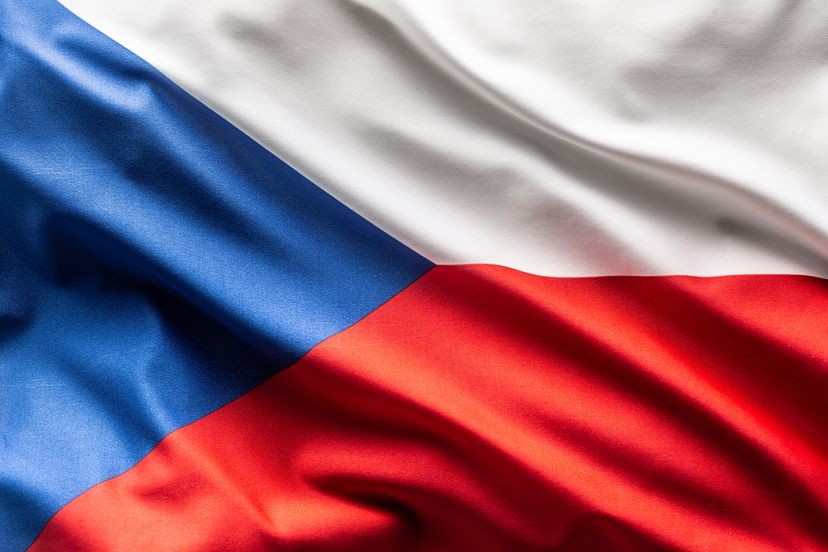
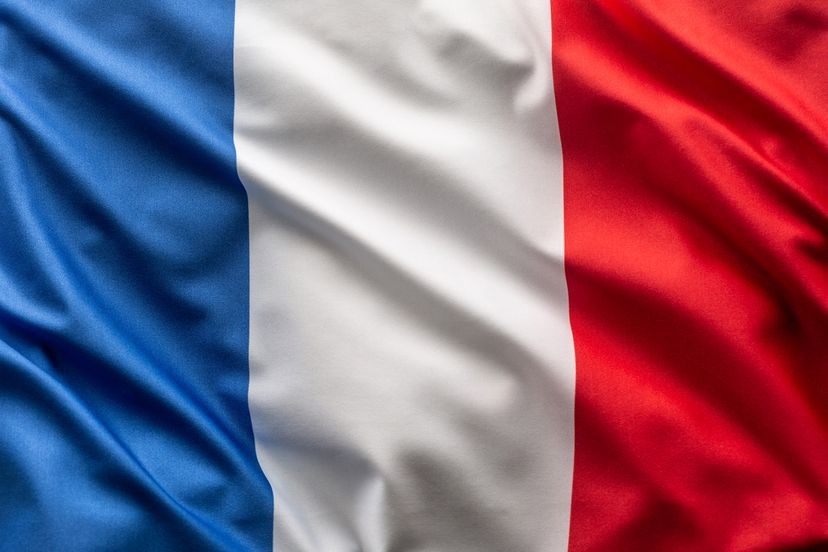
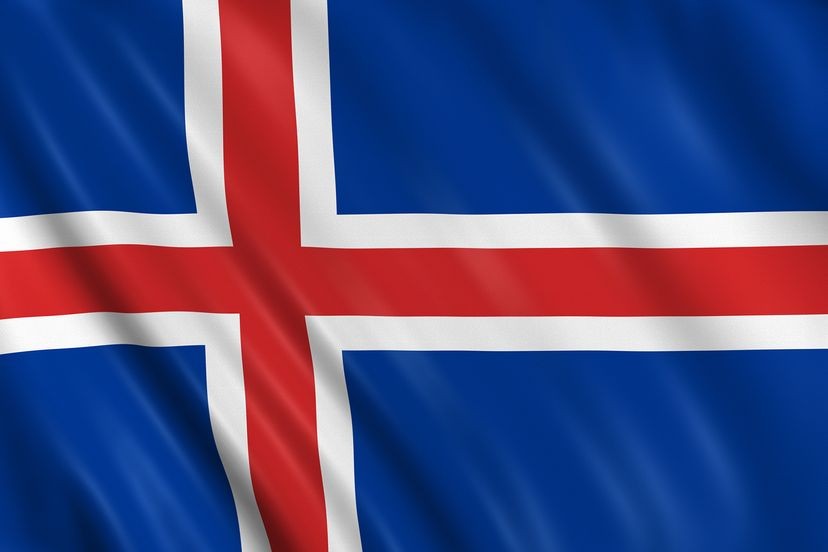
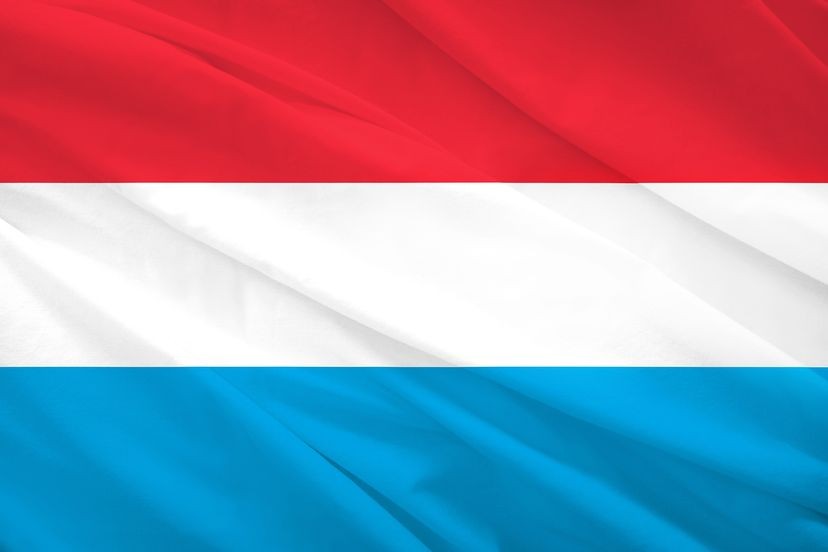

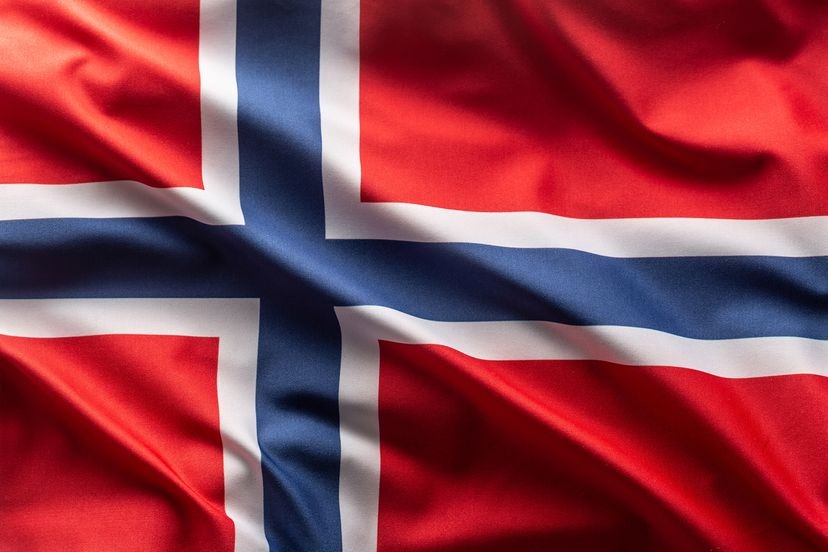
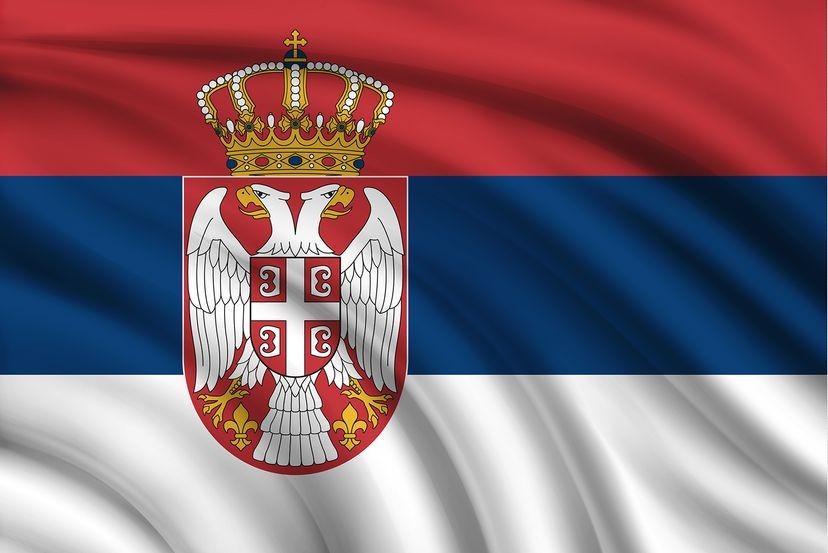
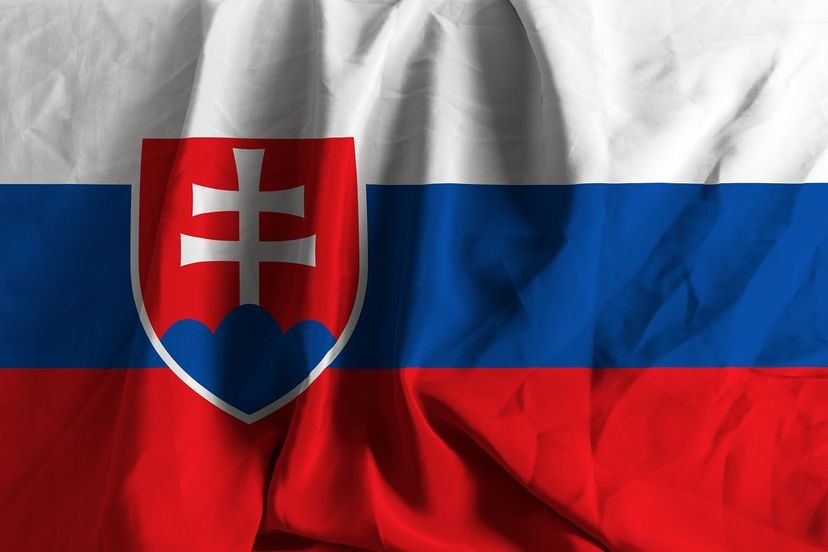
9. Enhance Your Knowledge with WHAT.EDU.VN
Learning about flags and their meanings is a fascinating way to explore different cultures and histories. Understanding the symbolism behind these national emblems can deepen your appreciation for the world around you.
9.1. Explore Vexillology
Delve into the world of vexillology, the scientific study of flags, and uncover the hidden meanings and historical significance behind these colorful symbols.
9.2. Discover Cultural Symbols
Learn about the cultural symbols and historical events that have shaped the design of flags around the world.
9.3. Expand Your Global Awareness
Expand your global awareness by studying the flags of different nations and understanding their cultural contexts.
10. Uncover More with WHAT.EDU.VN
At WHAT.EDU.VN, we understand that finding answers to your questions can sometimes be challenging. You might not know who to ask, where to look, or you might be worried about the cost of getting expert advice. That’s why we’ve created a platform where you can ask any question and receive fast, accurate, and free answers.
10.1. A Free Platform for All Your Questions
WHAT.EDU.VN offers a completely free platform for asking any question. Whether it’s about history, science, culture, or anything else, our community of knowledgeable users is here to help.
10.2. Fast and Accurate Answers
We pride ourselves on providing fast and accurate answers to your questions. Our users are experts in their fields and are committed to sharing their knowledge with you.
10.3. Connect with a Knowledgeable Community
When you ask a question on WHAT.EDU.VN, you’re not just getting an answer; you’re connecting with a community of knowledgeable and passionate individuals who are eager to help.
Are you struggling to find answers to your burning questions? Do you need reliable information quickly and without cost? Don’t waste time searching endlessly. Visit WHAT.EDU.VN today, where asking questions is easy and getting answers is free. Join our community and experience the convenience of having a wealth of knowledge at your fingertips. Ask your question now and let us help you find the answers you need.
Contact us:
- Address: 888 Question City Plaza, Seattle, WA 98101, United States
- WhatsApp: +1 (206) 555-7890
- Website: WHAT.EDU.VN
This comprehensive exploration of flags with white, blue, and red highlights the rich symbolism and cultural significance embedded in national emblems. From the Czech Republic’s Slavic heritage to France’s revolutionary roots and the United Kingdom’s union of crosses, each flag tells a unique story of identity, values, and history. By understanding the meaning behind these colors and designs, we gain a deeper appreciation for the diverse cultures and nations that make up our world. Whether you’re a student, a curious explorer, or someone seeking quick answers, platforms like what.edu.vn provide valuable resources for expanding your knowledge and connecting with a community of experts. So, continue to explore, ask questions, and discover the fascinating stories behind the flags that represent our global community.